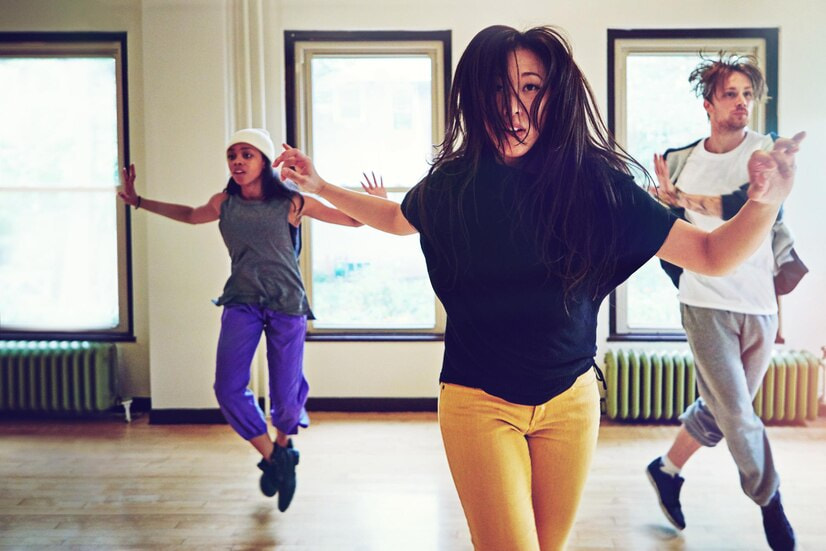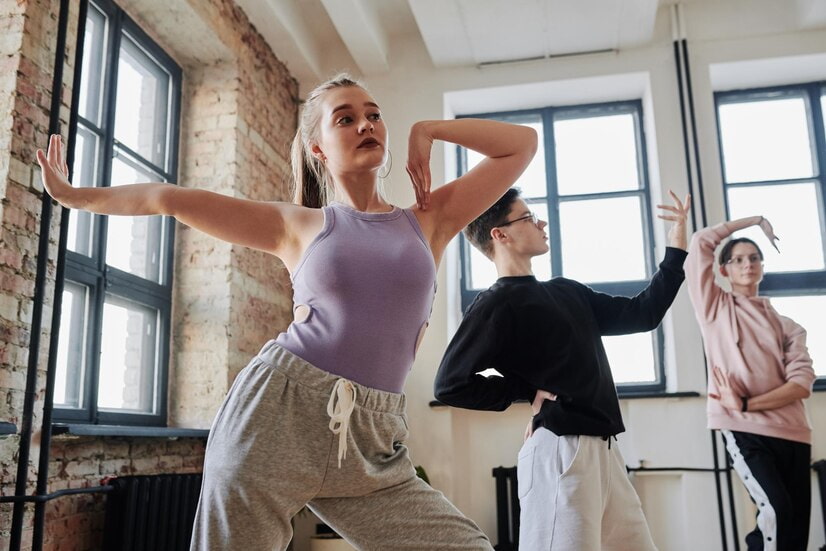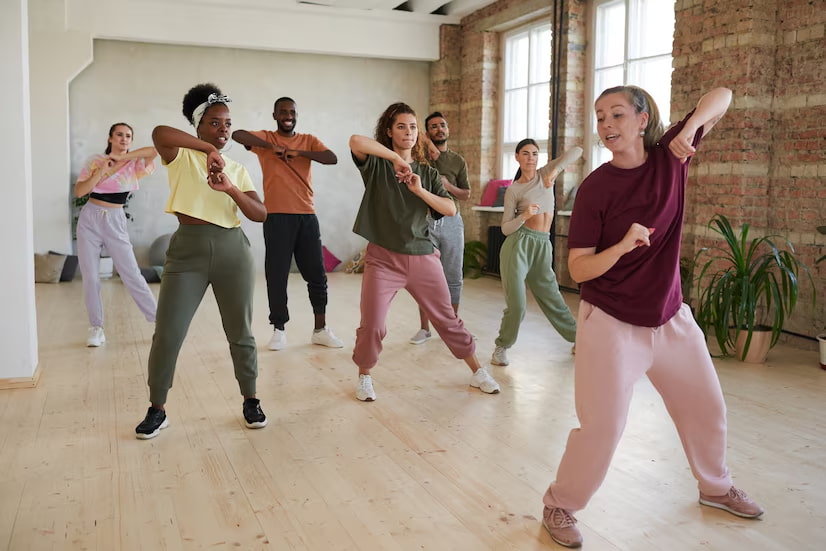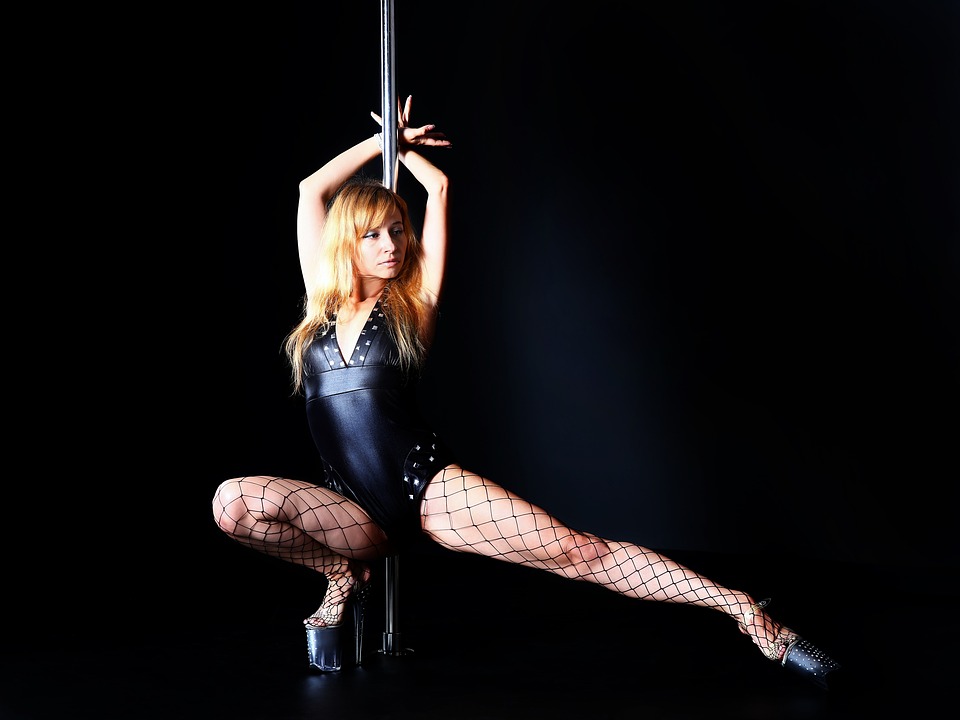
Summary
How to dance house dance step by step and its benefits
Are you looking for a dynamic and creative way to express yourself? House dancing is for you! This style of urban dance, born in the clubs of Chicago and New York, combines fluid movements and catchy music.
Summary
Introduction to house dancing
In this article, you will discover the basics of house dancing, from warm-ups to routines. You'll learn how these moves can improve your fitness and reduce stress. Plus, you'll see how to join a passionate and vibrant community.
House dance or house dance is a style of urban dance and hip hop dance that originated in the clubs of Chicago and New York in the 1980s. It is closely linked to house music, an electronic musical genre characterized with repetitive and catchy rhythms. House dancing is distinguished by its fluid movements, intricate footwork, and emphasis on improvisation.
The history of house dance is marked by the influence of several dances, such as jazz, THE hip-hop, and the African dances. Legendary clubs and nightclubs like the Warehouse in Chicago and Paradise Garage in New York were the epicenters of this culture, where DJs and dancers gathered to express their creativity and passion for music.
Why learn house dancing?
Learning house dancing offers many benefits, both personally and socially. It is a form of self-expression that allows you to release your emotions and connect deeply with music. Each dancer develops their own style, which makes each performance unique.
House dancing also promotes creativity. By combining different movements and improvising, you can create sequences that reflect your personality and your current mood. It's a great way to relax, have fun and discover new sides of yourself.
In addition, house dancing is a social activity that allows you to meet new people and build strong bonds within the dance community. Whether in clubs, dance studios or events, you will be surrounded by people who share the same passion for dance and music.

The basics of house dancing
House dancing is characterized by a series of fundamental movements that serve as the basis for any performance. Among these movements, we find the “Jack”, THE “No drunkenness”, and the “Shuffle”. These movements are often combined to create fluid and dynamic sequences.
- The Jack : This is the basic movement of house dancing. It consists of a rhythmic swing of the torso which is done continuously, following the tempo of the music. Jack is essential because it provides the groove and energy characteristic of house dancing.
- No stuffing : Inspired by ballet, this movement involves a transfer of weight from one foot to the other with quick, precise steps. It brings a touch of sophistication and lightness to the dance.
- Shuffle : This movement consists of sliding the feet on the ground in rapid, repetitive movements. The Shuffle is often used to create impressive visual effects and add rhythm to the performance.
Posture and attitude
Posture is a crucial element in house dancing. Good posture not only allows you to perform movements accurately, but also helps you avoid injuries. Here are some key points for correct posture:
- Body alignment : Stand straight with your shoulders relaxed and your torso leaning slightly forward. This position allows you to feel the rhythm better and move more freely.
- Knee flexibility : Keep your knees slightly bent to absorb shock and facilitate leg movements.
- Center commitment : Activate your abdominal muscles to maintain balance and control of your body.
In addition to posture, attitude plays a vital role in house dancing. It is an expressive dance where each movement must reflect the personality and emotion of the dancer. Adopt a confident, relaxed and open attitude. Don't be afraid to explore different facial expressions and gestures to add depth to your performance.
Learn house dancing step by step
Step 1: Warm-up
Warming up is a crucial step before starting house dancing. It prepares your body and reduces the risk of injury. Here are some exercises for an effective warm-up:
- Dynamic stretches : Focus on core muscles, such as the quadriceps, hamstrings, and calves. Do dynamic lunges and arm circles to increase your range of motion.
- Light cardio : Perform a few minutes of jogging in place, jumping rope or jumping jacks to increase your heart rate and warm up your muscles.
- Slow basic movements : Slowly repeat basic house dance moves like the Jack and the Shuffle. This helps get your body used to the movements and establish a good rhythm.
Step 2: Learn the Basic Moves
To master house dancing, it is essential to understand and practice the basic movements. Here's how to break them down:
- The Jack : Start by standing straight with your feet shoulder-width apart. Bend your knees slightly and rock your torso back and forth to the beat of the music. Focus on smooth, continuous movement.
- No stuffing : Move one foot behind the other, crossing slightly. Shift your weight from one foot to the other using quick, controlled steps. Practice this movement until it becomes natural.
- Shuffle : Slide your feet across the floor in quick, repetitive movements. Alternate between heel and toe to create a dynamic visual effect. Start slowly and gradually increase the speed.
Step 3: Combine the movements
Once the basic movements have been mastered, it's time to combine them to create fluid sequences. Here are some tips to achieve this:
- Smooth transitions : Work on the transition between each movement so that it is as natural as possible. For example, follow up a Jack with a Pas de Bourée without interruption.
- Variation of rhythm : Play with tempos by alternating between fast and slow movements. This adds dynamics to your dancing and maintains visual interest.
- Improvisation : Don't be afraid to improvise and add your own style. House dancing is a form of self-expression, so let your creativity flow.
Step 4: Regular practice
The key to mastering house dancing is regular practice. Here are some tips for effective practice:
- Daily repeat : Try dancing at least 15 to 30 minutes a day to improve your technique and endurance.
- Film yourself : Record your practice sessions to analyze your movements and identify areas for improvement.
- Take classes or workshops : Join house dance classes or workshops to learn new techniques and receive constructive feedback.
- Group practice : Dancing with other people can be motivating and help you learn faster through observation and discussion.
The benefits of house dancing
Physical benefits
House dancing is a complete physical activity that offers many health benefits:
- Improved cardiovascular fitness : By dancing regularly, you increase your heart rate and strengthen your core. Dynamic, fast movements stimulate blood circulation, which improves your endurance and cardiovascular health.
- Muscle strengthening : House dancing uses many muscle groups, including the legs, abs and back. Repetitive movements and quick sequences help to tone and strengthen these muscles.
- Flexibility and coordination : House dance movements, such as the Jack and the Shuffle, require great flexibility and good coordination. Practicing these movements improves the flexibility of your joints and the coordination of your movements.
- Balance and posture : House dancing requires good posture and balance. By focusing on these aspects, you develop better body awareness and improve your overall balance.
Mental and emotional benefits
Beyond the physical benefits, house dancing also has positive effects on mental and emotional health:
- Reduced stress and anxiety : House dancing helps release endorphins, the hormones of happiness, which help reduce stress and anxiety. Focusing on movement and music provides a welcome escape from everyday concerns.
- Improved mood : House dancing is a joyful and energizing activity. It can help improve your mood and combat feelings of depression. Dancing regularly can become a source of pleasure and satisfaction.
- Self-confidence : Learning and mastering new house dance moves can boost your confidence. Every small victory on the dance floor gives you a sense of accomplishment and self-efficacy.
Social benefits
House dancing is also a social activity that promotes human interactions and connections:
- Link building : Dancing with other people in clubs, dance studios or during events like battles to create opportunities for socialization and building strong bonds. The shared passion for house dancing brings people together and facilitates new friendships.
- Belonging to a community : House dance has a dynamic and welcoming community. Joining this community gives you a sense of belonging and support. You share experiences, exchange advice and encourage each other to progress.
- Collaboration Opportunities : House dancing often encourages collaboration and group performances. Participating in shows or competitions with other dancers can be a rewarding and challenging experience.

Conclusion
House dancing is a dynamic discipline that combines lively music and fluid movements. By learning the basics, like Jack and Shuffle, you can express your creativity while having fun. This style of dance offers many physical, mental and social benefits.
To progress, it is essential to practice regularly and warm up well. Each dance session helps you strengthen your physical condition and reduce stress. You also create strong social bonds by joining the house dance community.
Dance at DECIBEL
If you like to combine dance and cardio, DECIBEL® is ideal for you! Take part in 45-minute sessions where dance and fitness combine to improve your endurance and tone your muscles.
Enjoy varied and dynamic choreographies in a community spirit. Our motivating coaches will help you sculpt your abs, thighs and glutes, in an electrifying atmosphere with catchy music and soothing lights.
At DECIBEL®, pleasure is guaranteed! Reserve your place now in our dance studio in Beaubourg!
Read also
follow us
on instagram
Follow our news,
take advantage of our tutorials and participate to our
contests!
BREAKING NEWS!
Receive our newsletter.






